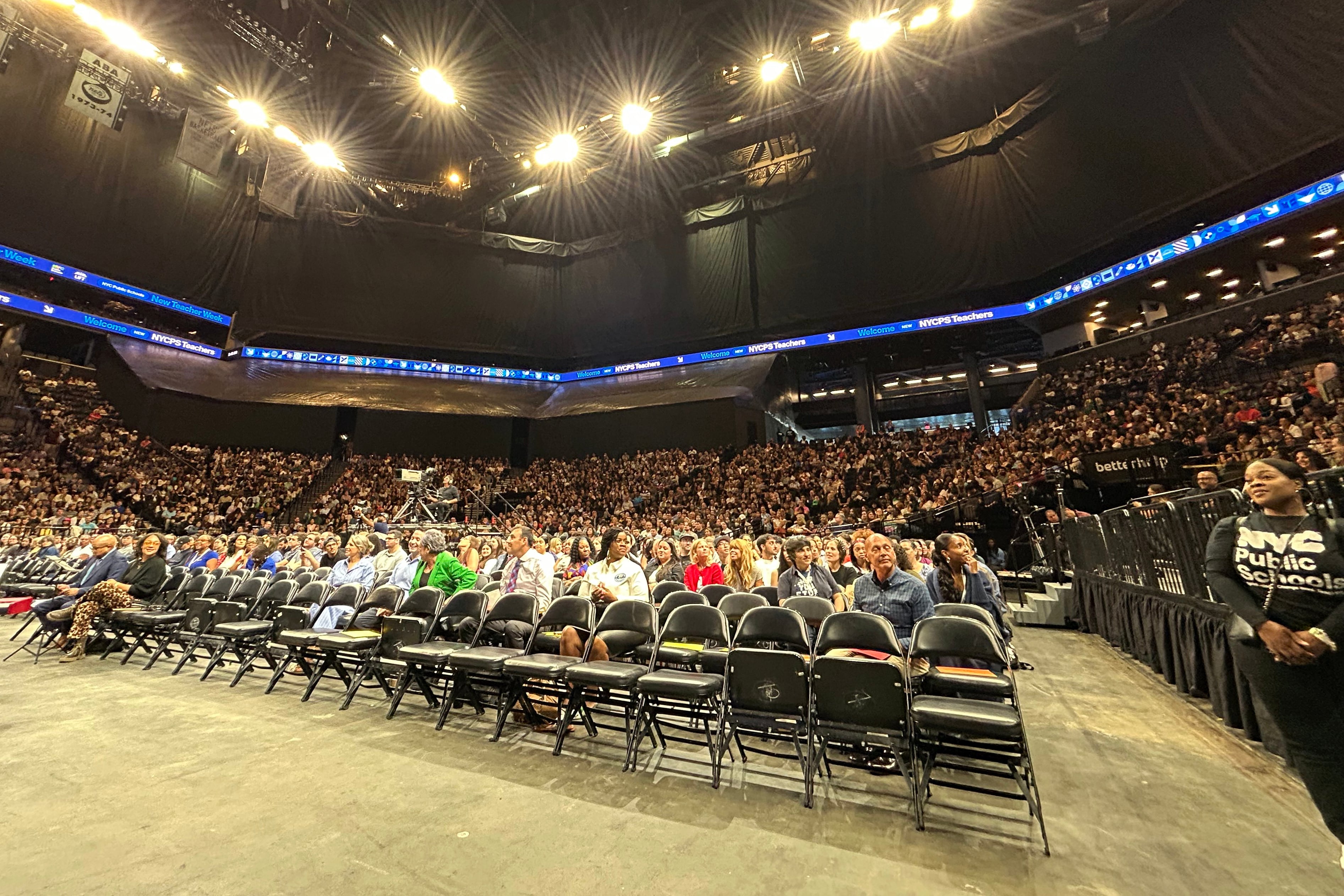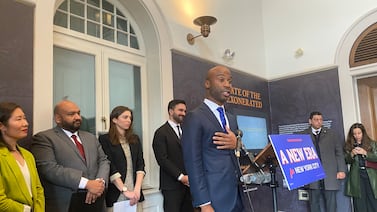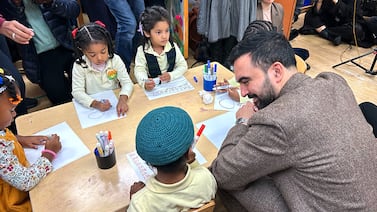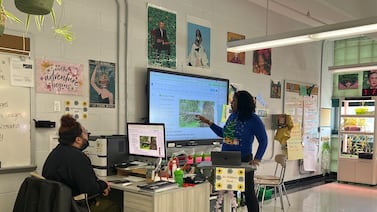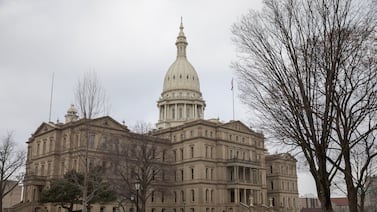Sign up for Chalkbeat New York’s free daily newsletter to get essential news about NYC’s public schools delivered to your inbox.
Thousands of new teachers filed into Brooklyn’s Barclays Center for orientation Tuesday as part of what New York City officials hope will be a historically large hiring class.
In a typical year, the nation’s largest school district faces the daunting challenge of hiring between 4,000 and 5,000 new educators to replace the ones who left. This year, officials aim to hire 3,700 on top of that to satisfy the state’s class size reduction law. Some 750 schools received additional money from the city for the coming year to hire extra teachers to bring more classes under the state caps, which range from 20 to 25 students depending on age.
City officials weren’t immediately able to provide preliminary hiring numbers Tuesday, but Patrick Fagan, the Education Department’s Chief Talent Officer, said between 3,500 and 4,000 teachers were in attendance Tuesday. Teacher recruitment usually continues through September. United Federation of Teachers President Michael Mulgrew, a key backer of the class size law, said he’s optimistic that when school starts next Thursday, the city will be in good shape to reach its legal obligation of keeping 60% of classes under the designated caps.
“We clearly have a challenge, but you can see today we’re at the Barclays Center, and it’s packed,” he said. Mulgrew said the union and the Education Department have been reaching out to local colleges and education schools.
The last time Mulgrew remembers such an intense hiring push was when the city needed a glut of new early childhood educators at the start of former Mayor Bill de Blasio’s Universal Pre-K initiative about a decade ago, he said.
The class size law wasn’t the only big state policy that loomed large at Tuesday’s welcome event. A new statewide school cellphone ban, which prohibits students from using personal electronic devices during the school day, takes effect this school year. Hundreds of city schools already had a ban in place, but hundreds more will be adopting one for the first time.
“This will literally be your first classroom management challenge,” Mulgrew told the new teachers in his remarks. “Your first day, all of you will hear from your students: ‘Why can’t I have my cellphone?’”
Schools are supposed to have plans in place to help teachers deal with students unwilling to give up their phones, Mulgrew noted. And he said the payoff in terms of increased focus in class will be well worth any early bumps.
Schools Chancellor Melissa Aviles-Ramos, who took the helm last October, told the new teachers she was focused on keeping the system stable by continuing the reforms initiated by her predecessor, David Banks. (Aviles-Ramos may be replaced midway through this school year if Mayor Eric Adams loses November’s general election.)
In particular, she touted the city’s efforts to overhaul literacy and math curriculum, which are set to expand this year. Aviles-Ramos framed the effort to standardize curriculum as a time-saver that allows teachers to focus on delivering rather than crafting their lessons.
“You are not yet trained curriculum designers,” she said. “You are hired to teach, to assess, and to support your children … We are giving you blueprints to do just that.”
This year, the Education Department doubled the size of its cohort of New York City Teaching Fellows, an expedited pathway into the profession that allows new teachers to earn their certification while in the classroom and has historically attracted a more diverse pool of candidates. But severe payment delays meant some fellows didn’t receive their stipends until this month, while others are still waiting.
The city has also been making strides in diversifying its pool of educators, though the teaching force still doesn’t mirror student demographics.
For some teachers, seeing all of their new colleagues gathered together Tuesday was an exciting reminder of the work ahead.
A first year teacher named Rafael, who declined to share his last name, was excited to start his career as a music technology teacher at an elementary school in the South Bronx — the neighborhood where he grew up.
“It’s really fun to give back to the neighborhood that gives so much to music,” he said. “This is probably the best thing that’s happened to me in a long time, getting a job I’m really going to love.”
Michael Elsen-Rooney is a reporter for Chalkbeat New York, covering NYC public schools. Contact Michael at melsen-rooney@chalkbeat.org.

